How Does a Seismograph Detect and Record Seismic Waves
In a seismometer the fixed object consists of a mass suspended on springs within a case. The location of the epicenter 2 See answers Advertisement Advertisement l8ver l8ver.
The ground movements caused by seismic waves d.
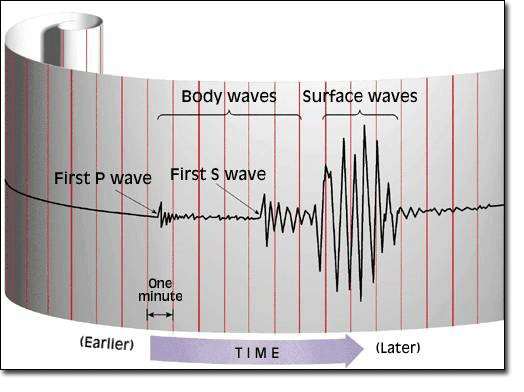
. Seismic waves are propagating vibrations that carry energy from the source of an earthquake outward in all directions. T Scientists can identify the location of an earthquake by comparing readings from at least ______ seismographs at different locations. In order to record seismic waves scientists use a seismograph which rates earthquakes on a scale of 1-10.
Geologists can use seismographs to detect hidden faults. A seismograph or seismometer is an instrument used to detect and record seismic waves. Seismology is the study of earthquakes and the seismic waves they produce Fig 1.
A seismogram is a tracing of earthquake motion and is created by a seismograph. Seismic waves are propagating vibrations that carry energy from the source of an earthquake outward in all directions. Seismic waves are propagating vibrations that carry energy from the source of an earthquake outward in all directions.
Generally it consists of a mass attached to a fixed base. Seismograph is an instrument which makes the record of seismic waves caused by earthquake. They travel through the interior of the Earth and can be measured with sensitive detectors called seismographs.
A seismograph or seismometer is an instrument used to detect and record seismic waves. But the suspended weight with the pen attached moves very little. Seismograph instrument that makes a record of seismic waves caused by an earthquake explosion or other Earth-shaking phenomenon.
A seismograph or seismometer is an instrument used to detect and record earthquakes. The seismographs are said to be equipped with the electromagnetic sensors that generally translate the ground motions into charges which are electrical. As the seismograph shakes under the mass the recording device on the mass records the relative motion between itself and the rest of the instrument thus recording the ground motion.
Seismographs are equipped with electromagnetic sensors that translate ground motions into electrical changes which are processed and recorded by the instruments analog or digital circuits. Scientists have seismographs set up all over the. The suspended mass M however tends to remain at rest and its recording stylus records this.
When these detectors are connected to a system that produces a permanent recording they are. But sensitive detectors seismometers can record theses waves emitted by even the smallest earthquakes. A seismograph or seismometer is an instrument used to detect and record earthquakes.
Long period seismographs respond to lower frequency waves and are used to record distant events. A seismograph or seismometer is an instrument used to detect and record seismic waves. Seismic waves cause a seismographs drum to vibrate.
How does a seismograph detect and record seismic waves. The Mercalli scale rating for an earthquake b. If youve felt Earth shake during an earthquake or explosion then youve felt seismic waves.
Waves generated by large earthquakes can be detected throughout the world and are routinely recorded and analyzed by seismologists. How does a seismograph record seismic waves. During an earthquake the mass remains still while the case around it moves with the ground shaking.
During an earthquake the base moves and the mass does not. They travel through the interior of the Earth and can be measured with sensitive detectors called seismographs. Generally it consists of a mass attached to a fixed base.
How does a seismograph detect and record seismic waves quizlet. The motion of the base with respect to the mass is commonly transformed into an electrical voltage. Measures how much a seismograph registers or records from a seismic wave moment magnitude scale A scale that rates earthquakes by estimating the.
During an earthquake the base moves and the mass does not. The term seismograph is an instrument that generally makes a record of waves which is seismic and is caused by an explosion of the earthquake or other Earth-shaking phenomenon. Seismic waves lose much of their energy in traveling over great distances.
How is the motion of a seismograph recorded. Magnet is used in most high-tech seismographs used by scientists in order to accurately and precisely. Therefore the pen stays in place and the records the drums vibrations.
A seismograph or seismometer is an instrument used to detect and record seismic waves. Similarly how do you record seismic waves. What does a seismograph record.
Seismic waves are propagating vibrations that carry energy from the source of an earthquake outward in all directions. Seismographs are instruments located at or near the surface of the earth that records seismic waves. The movement of seismic waves is detected and recorded by seismographs Fig 2.
They travel through the interior of the Earth and can be measured with sensitive detectors called seismographs. Seismic waves are generated by many different processes. They shake the Earth and transform soft deposits like clay into jelly for a short time liquefaction.
The speed of seismic waves c. To rate the earthquake the seismograph will take three factors into consideration. The motion of the base with respect to the mass is commonly transformed into an electrical.
When an earthquake happens energy shockwaves known as seismic waves are released from the earthquakes focal point. 20 Can be detected only by seismograph. When seismic waves encounter a fault they are reflected off of the fault.
These vibrations travel outward in all directions from their source. In reality these mechanisms are no longer manual but instead work by measuring electronic changes produced by the motion of the ground with respect to the mass. Seismographs are designed so that slight earth vibrations move the instruments.
Transverse seismic waves are known as secondary waves. A seismograph or seismometer is an instrument used to detect and record earthquakes. Correspondingly how does a seismograph detect and record earthquakes.
These waves can be detected and recorded by instruments called seismographs which are often sited at great distances from the earthquake. Seismographs are used by seismologists to record how long seismic waves take to travel across different layers of the Earth. The detection involves the separation of events from the ever-present background of seismic noise.
Generally it consists of a mass attached to a fixed base.
Seismic Wave Propagation Seismic Record Unit
Earthquakes Booklet How We Measure Them
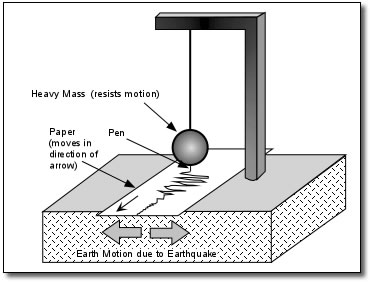
Earthquake Seismology Magnitude And Other Units Of Measurement
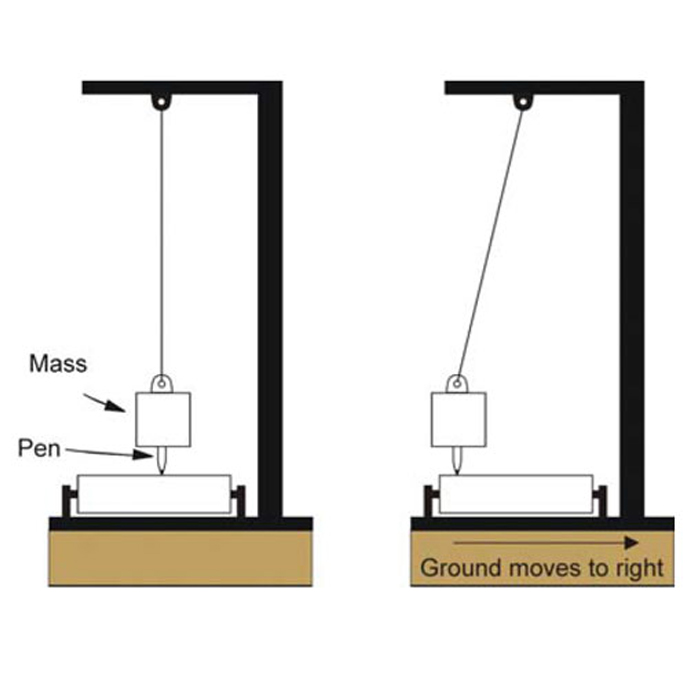
How Are Earthquakes Detected British Geological Survey
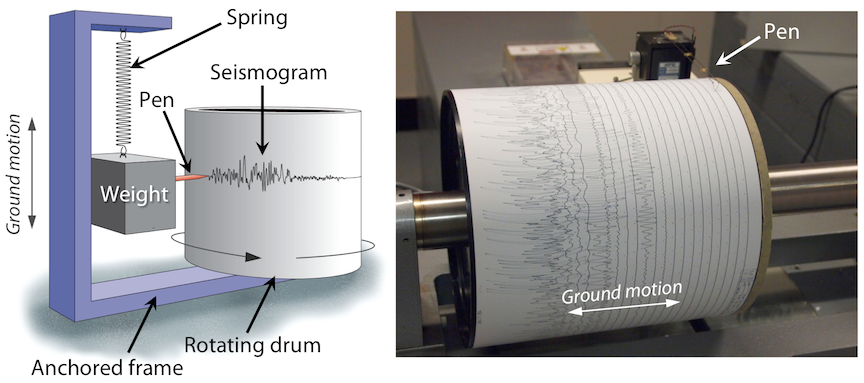
12 2 Measuring Earthquakes Physical Geology First University Of Saskatchewan Edition
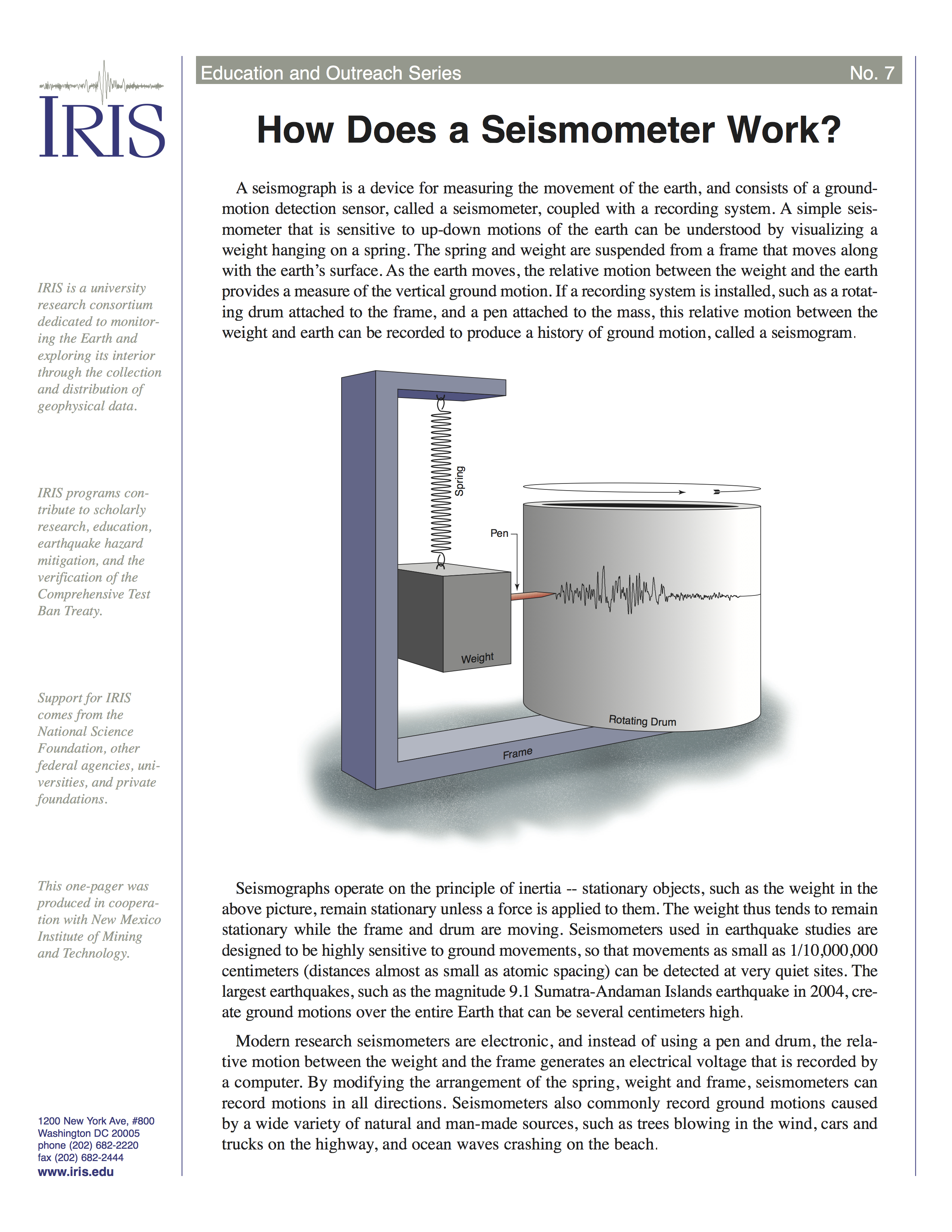
How Does A Seismometer Work Incorporated Research Institutions For Seismology

A Schematic Showing Propagation Of Seismic Waves And Recording Of The Download Scientific Diagram
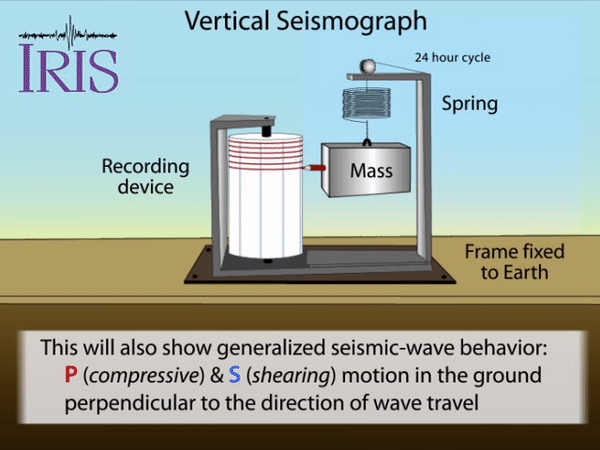
3 7 Measuring Earthquakes Geosciences Libretexts
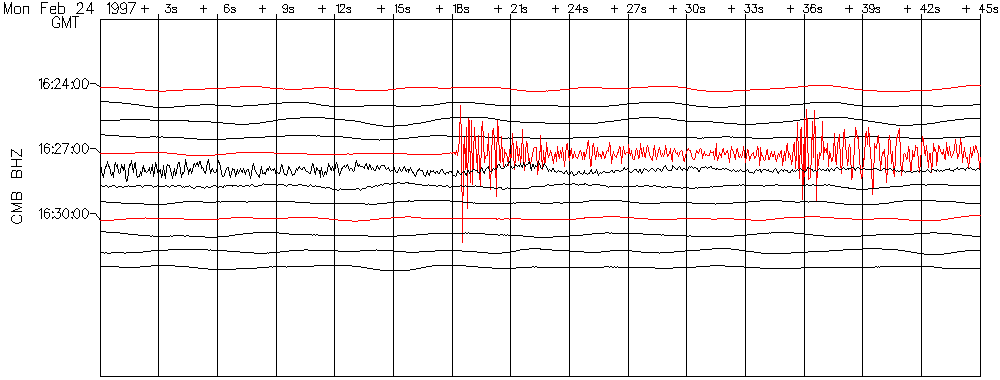
How Do Seismologists Record Earthquakes
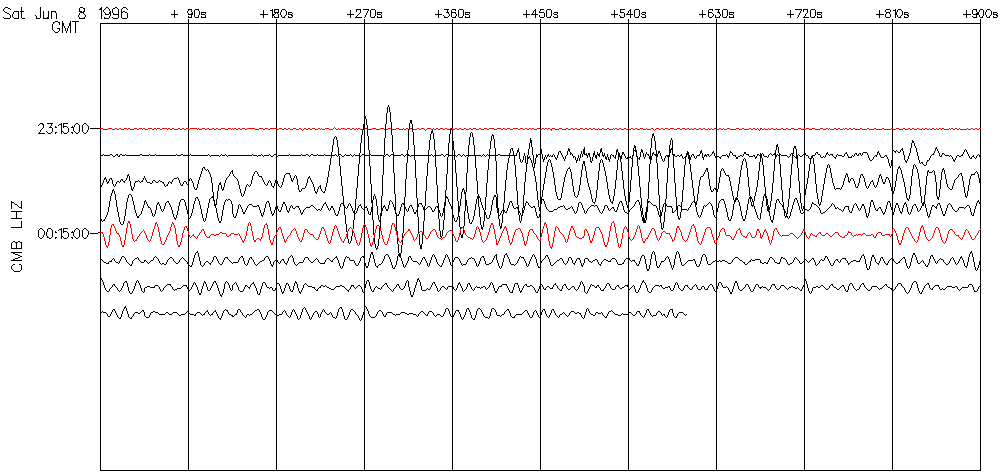
How Do Seismologists Record Earthquakes
Waves Seismometers And Seismograms

Not All Ground Motion Sensors Are Created Equal Alaska Earthquake Center
Good Vibrations What Earthquakes Can Tell Us About The Earth Science Over Everything
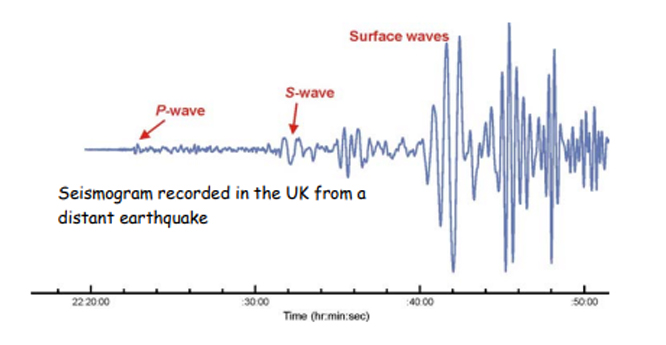
How Are Earthquakes Detected British Geological Survey

Seismic Waves Physical Geography

Measuring Earthquakes Seismograph Is An Instrument Used To Detect And Record Seismic Waves Ppt Download

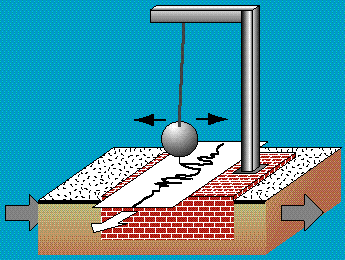

Comments
Post a Comment